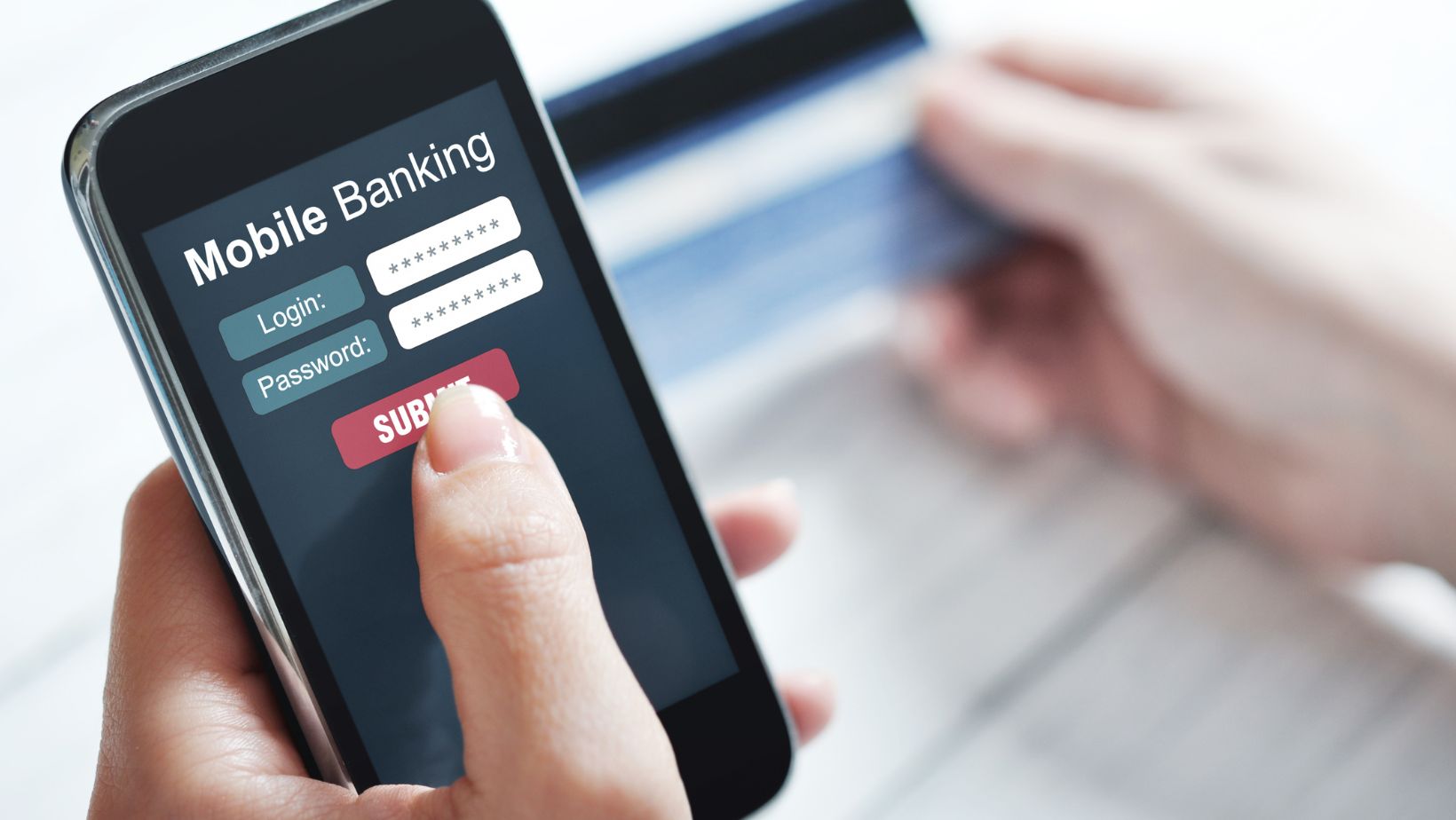Multi-banking is a concept that allows you to manage all of your commercial banking accounts in one interface. Many business owners are opting for this solution, which creates a centralized system for all of their bank accounts.
So, is it secure to lay all your eggs in one basket? Here, we will understand the fundamentals of multi-banking, its security, and how virtual cards are steadily changing the game.
What is Multi-Banking?
Many individuals maintain accounts with multiple banks or financial institutions. They may have a checking account in one bank, investments in another, and a mortgage elsewhere. Multi-banking aims to streamline the management of these accounts by offering users a single platform to view and manage all their finances.
Multi-banking was among the initial use cases that arose as open banking gained momentum. It started when individuals sought greater visibility into their financial information now that they could access and share it more easily.
Before the introduction of open banking, it wasn’t possible to view all of your bank accounts in one place. Only if you maintained a manually updated spreadsheet would individuals with accounts in multiple banks have to log in to various banking apps to check their accounts.
Offering multiple banking options means your app becomes the one-stop shop for all things finance. No more juggling different accounts and apps; everything is conveniently in one place. And let’s be honest, who has time to switch between apps?
Beyond convenience, this also leads to increased engagement. If you were a customer and found an app that could handle all your financial needs, why would you go anywhere else? It’s like finding a unicorn in a sea of horses.
Managing finances is already stressful enough, so any help we can get is greatly appreciated.

Plus, this deeper connection with customers means businesses can gain better insights into their financial habits. This opens up the door for all sorts of cool features and services tailored to individual needs.
Even big companies like Apple are hopping on the multi-banking train. With their new “Apple Card” offering, customers can link multiple bank accounts and cards to make managing finances a breeze.
The Role of Virtual Cards in Multi-Banking Security
You might have heard some concerns about security when it comes to having all your financial information in one place. It can make anyone feel a little uneasy, but this is where virtual cards come into play.
You might be wondering what exactly virtual cards are and how they work. In simple terms, they are digital payment methods that offer an extra layer of protection for online transactions.
They have a unique 16-digit code for each transaction that expires after one use – making it virtually impossible for hackers to access your sensitive information.
With cyber-attacks on the rise, we can never be too careful with our personal data. However, virtual cards in multi-banking interfaces serve as an added safeguard to keep your primary bank account information safe and secure.
So, even if someone somehow gets hold of your virtual card number, they won’t be able to access any other financial details from your main account.
Virtual cards are becoming increasingly popular in multi-banking interfaces, and their usage has been steadily rising across different industries. For example, businesses can use virtual cards to issue payments to suppliers or employees without sharing their main account details.
In terms of money management, virtual cards are a game changer. They give businesses the power to set budgets and limit spending on individual expenses. If you’ve experienced the headache of sorting through a stack of receipts after a work trip, you’ll appreciate the convenience of this feature.
With online shopping taking over our lives, virtual cards offer a secure and hassle-free payment option. No more fumbling around trying to remember your card number or worrying about fraudulent activity. Plus, it’s environmentally friendly because you’re saving paper by skipping the receipts.

What really sets virtual cards apart is their ability to be instantly issued and canceled. If your physical card is swiped at an ATM, it can take weeks for a replacement. All it takes now is a few clicks on a multi-banking interface, and boom, a new free virtual Visa card is ready for action.
The best part? Virtual cards are constantly evolving with cutting-edge technology. Biometric authentication methods like fingerprint scans or facial recognition add extra layers of protection against potential hackers or scammers. We could all use some added security in a time of increased security threats.
Bottom Line
Virtual cards play an integral role in ensuring the security of multi-banking by offering enhanced protection against fraud and unauthorized access. They also provide added benefits such as spending control and instant issuance that continue to attract both businesses and individuals towards this innovative banking solution.


